A rice straw baler is a dedicated piece of farm machinery designed to condense rice straw into dense, manageable bales, simplifying the processes of handling, transportation, and storage. Rice straw, the residual matter from rice harvests, poses a significant disposal and management issue for cultivators. The advent of the rice straw baler has transformed this agricultural byproduct into a commercially viable commodity for a multitude of uses.
Types and Characteristics of Rice Straw Balers
Variants of rice straw balers cater to different scales of operation and specific requirements. Commonly encountered models are the round balers, which yield cylindrical bales, and square balers, which produce rectangular ones. Round balers are often chosen for their transport and storage convenience, whereas square balers are prized for their stackability and efficient spatial economy. There are also specialized balers, such as those designed for high-density baling in biofuel production, which necessitate more compact bales for enhanced energy efficiency.
Structure and Operation of a Rice Straw Baler Machine
The rice straw baler machine integrates various essential components that function collectively. Its pickup mechanism retrieves the straw from the field and channels it into the baling chamber, where rollers or a belt-and-plunger system compress the straw into bales. When the bales reach the required density, a binding mechanism, using either twine or wire, secures them. The bale is then ejected as the tailgate opens. This entire process is supported by a network of gears, bearings, and hydraulics that ensure seamless operation.
Materials and Properties in Paddy Straw Baler Construction
Material selection is pivotal in the construction of a paddy straw baler, influencing its durability and efficacy. Stainless steel is commonly employed for components in direct contact with the straw, owing to its corrosion resistance and durability. For the framework and internal workings, carton steel is favored for its robustness and pliability. These materials are chosen not only for their longevity but also for their resilience in the fluctuating conditions of farm environments, which can be as diverse as wet and muddy to dry and abrasive.
Business Usages and Applications Across Industries
Rice straw balers play a crucial role in a variety of commercial contexts beyond agriculture. In manufacturing, they are utilized for waste management by compacting excess materials. Retail operations employ them to efficiently dispose of and recycle packaging waste. In the realm of construction, balers aid in the management of site debris. The conversion of agricultural waste into marketable bales opens up additional revenue avenues for farmers and fosters a circular economy by supplying raw materials to sectors such as livestock rearing and bioenergy.
Functions and Tasks Performed by Rice Straw Baler Machines
The fundamental role of a rice straw baler machine is to gather and condense agricultural refuse into a more manageable state. Contemporary balers, however, are versatile and capable of processing a variety of materials, including hay, cotton, and recyclables like paper and plastic. They are engineered to execute a range of tasks from cutting and raking to baling and wrapping, offering a comprehensive solution for material management and processing.
Features and Unique Selling Points
Today's rice straw balers are equipped with features that heighten their attractiveness to buyers. These include intuitive interfaces, automated tying systems to lessen physical labor, and customizable settings for bale dimensions and compactness. Technological advancements such as ISOBUS compatibility enhance integration with other agricultural equipment, while real-time data tracking ensures peak performance. These attributes, coupled with the machine's capacity to augment productivity and diminish labor expenses, make it a valuable investment in the farm machinery market.
Benefits and Positive Outcomes for Users
Employing a rice straw baler yields considerable advantages. It streamlines the straw collection and baling process, conserving time and minimizing manual labor. The resulting bales are more convenient to manage, store, and transport, leading to reduced wastage and heightened operational efficiency. Environmentally, the baler contributes to the reduction of straw burning in fields, thereby decreasing pollution and enhancing air quality.
How to Use and Operate a Paddy Straw Baler Effectively
Effective usage of a paddy straw baler commences with comprehending the manufacturer's guidelines to fully grasp the specific model's functions and capabilities. Operators must be proficiently trained in managing the machinery, from correctly feeding the straw to fine-tuning bale density and overseeing the binding mechanism. Adherence to regular maintenance and prompt servicing is essential to maintain all components in working order, preventing operational interruptions and prolonging the machine's service life.
How to Choose the Right Rice Straw Baler?
Selecting an appropriate rice straw baler entails evaluating the quantity of straw to be baled, the storage space available, and the desired bale type. The baler's dimensions and the sophistication of its features should correspond to the operation's magnitude. Potential buyers should also weigh the machine's compatibility with their existing farm equipment and the extent of support provided by the manufacturer or dealer post-purchase.
How to Clean and Maintain Your Rice Straw Baler Machine
Regular cleaning and maintenance are crucial for the longevity of a rice straw baler machine. Post-use, it should be purged of any lingering straw or detritus. Lubrication of moving parts is vital to avert wear and tear. Routine inspections can preempt issues before they escalate into malfunctions. Following the manufacturer's maintenance protocol and using only approved replacement parts will ensure the baler remains in prime condition.
What after-sales services are available for rice straw balers?
After-sales services for rice straw balers differ by supplier. Offerings may include online assistance, video technical support, and the availability of engineers to service machinery abroad. It is crucial for purchasers to verify the scope of after-sales services before acquisition to guarantee adequate support for their investment.
Are there different types of rice straw balers suitable for small or large-scale operations?
Indeed, rice straw balers are designed to meet the needs of both small and large-scale enterprises. Compact models are ideal for smaller farms or businesses with limited space, while larger, more capable balers are tailored for extensive operations with substantial straw volumes. The selection of a baler should be aligned with the operational demands and the amount of straw that requires baling.
How does the rice straw baler contribute to environmental sustainability?
The rice straw baler aids environmental sustainability by repurposing agricultural waste into beneficial products. Baling rice straw facilitates its efficient transportation and utilization in sustainable practices such as biofuel production, diminishing dependence on fossil fuels. Moreover, the use of balers curtails the burning of straw in fields, a practice that contributes to air pollution and the emission of greenhouse gases.
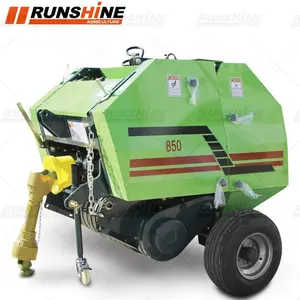












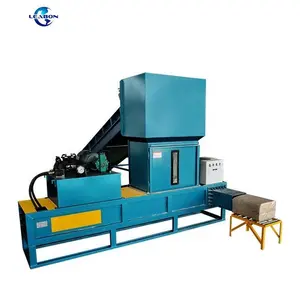
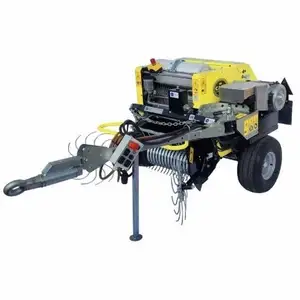




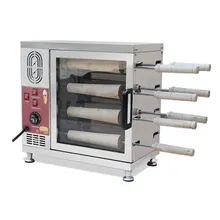

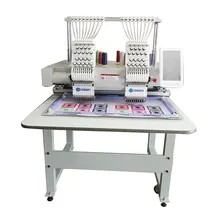


























 浙公网安备 33010002000092号
浙公网安备 33010002000092号 浙B2-20120091-4
浙B2-20120091-4